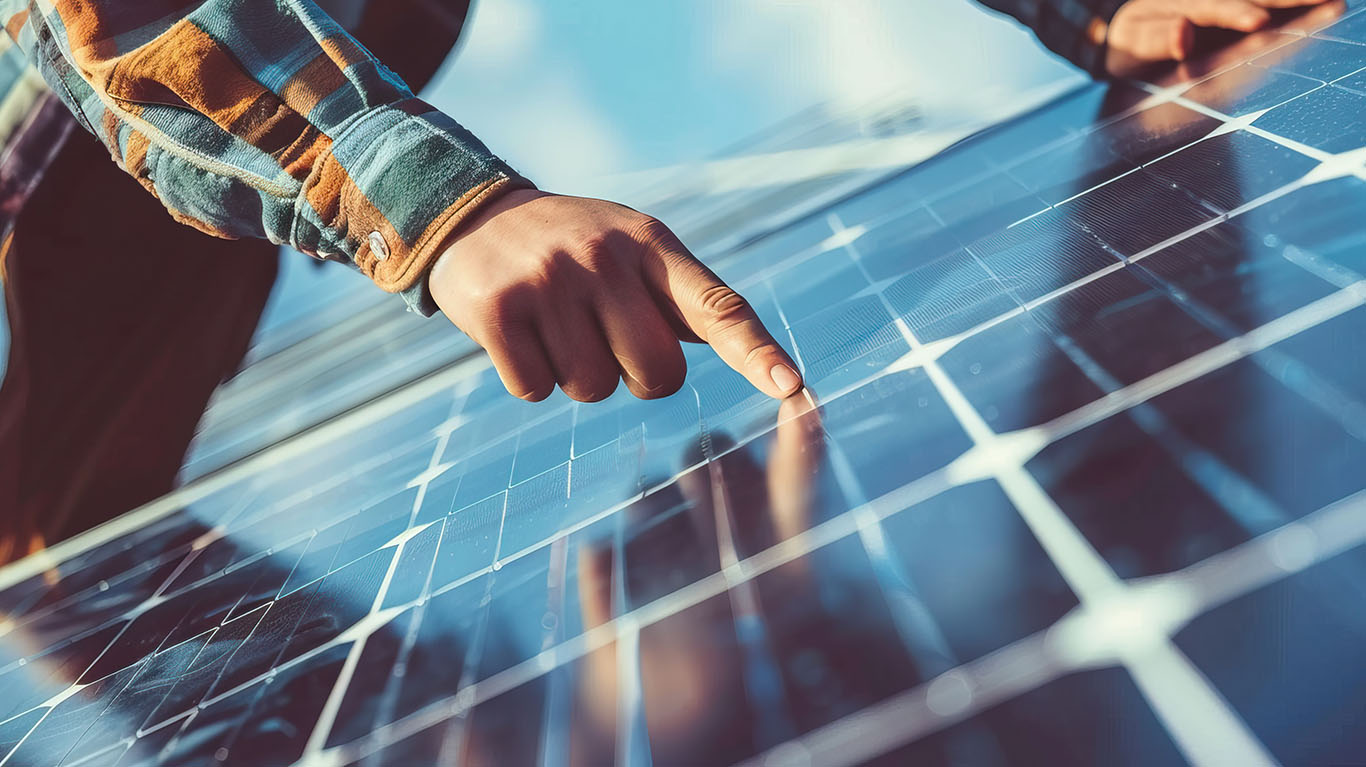
hybrid energy
How it Works:
- Solar Energy Generation: The solar panels generate electricity during daylight hours.
- Secondary Source Integration: A complementary energy source (e.g., wind turbine, grid, or diesel generator) kicks in during periods when solar power is insufficient, like at night or during cloudy weather.
- Battery Storage (Optional): Excess energy from solar panels can be stored in batteries for later use, ensuring continuous power supply.
- Smart Controllers/Inverters: These manage energy flow, prioritize renewable sources, and seamlessly switch between solar and the alternative source.
Advantages:
- Reliability: Ensures a consistent energy supply, even during low sunlight conditions.
- Cost-Effectiveness: Reduces dependency on expensive fuel-based power sources.
- Sustainability: Enhances the use of renewable energy, reducing carbon footprint.
- Flexibility: Suitable for remote areas where grid electricity is unreliable.